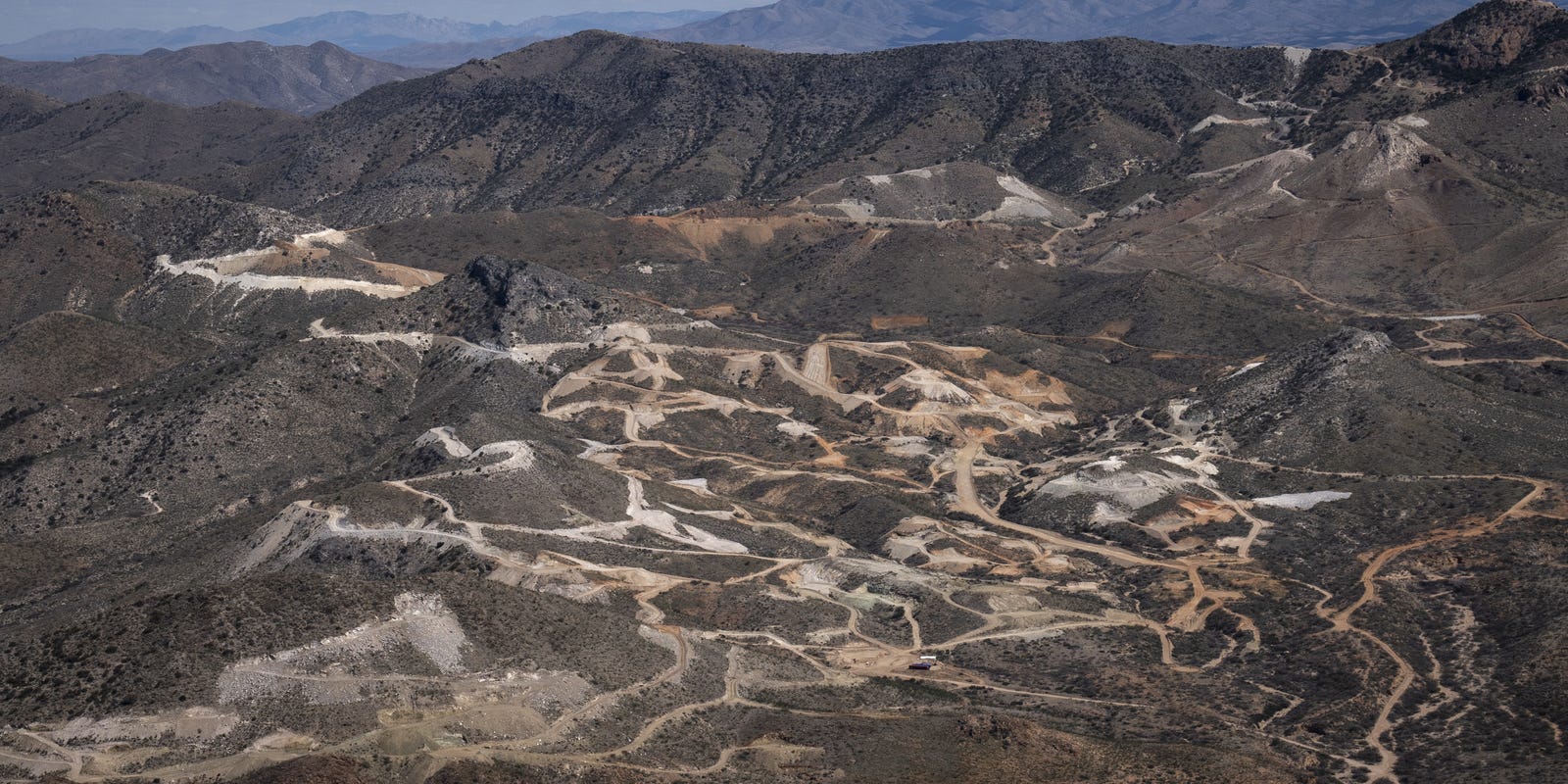Copper Mine Controversy: Eco-Warriors and Farmers Unite Against Toxic Permit Near Tucson

A controversial battle is brewing in Arizona's mining landscape as environmental advocates and local farmers unite to challenge the state's recent air pollution permit for the Copper World Mine. The opponents argue that the permit falls critically short in addressing the potential hazards of toxic dust pollution.
The permit, which has sparked significant concern, appears to provide inadequate protections against the environmental and health risks associated with large-scale mining operations. Environmental groups are particularly alarmed by what they perceive as lenient regulations that could expose nearby communities to harmful particulate matter.
Local farmers, who are deeply worried about the potential impact on agricultural lands and air quality, have joined forces with environmental organizations to contest the permit. Their collective voice demands more stringent safeguards and a comprehensive approach to managing the mine's potential environmental footprint.
The challenge highlights the ongoing tension between economic development and environmental preservation, with stakeholders seeking a balanced approach that protects both industrial interests and community well-being. As the dispute unfolds, it promises to draw significant attention to mining regulations and environmental protection standards in Arizona.

